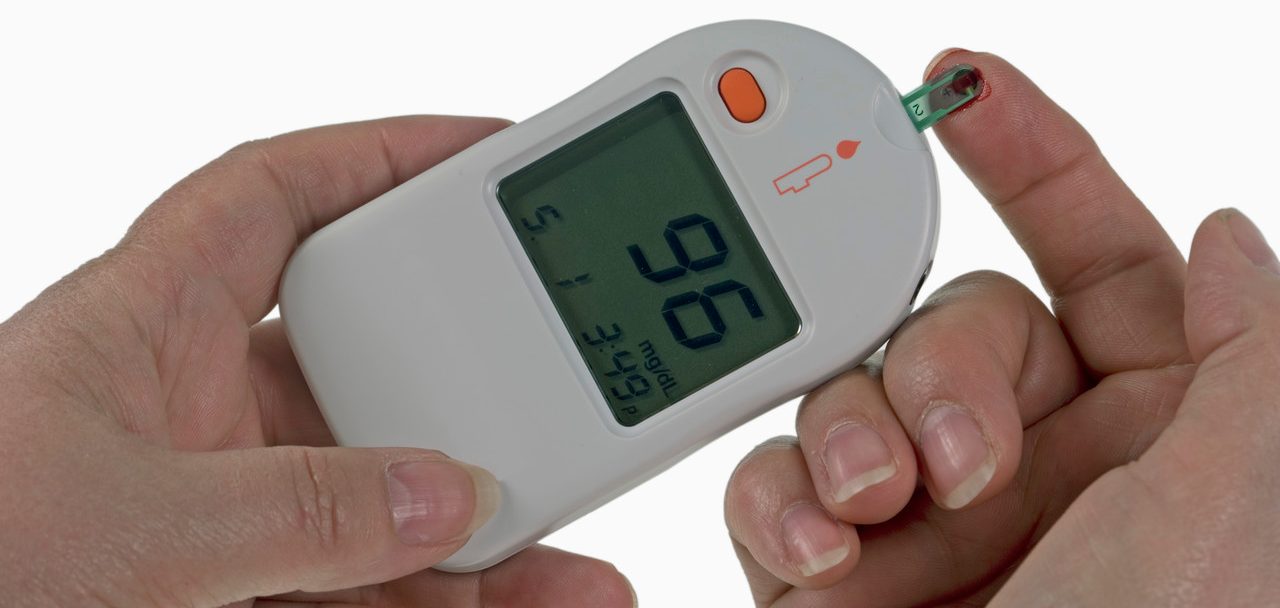Heart Risks from Gestational Diabetes — Page 3

Symptoms of gestational diabetes
Gestational diabetes generally causes no obvious symptoms. If you do experience symptoms, they are mostly mild and include feeling unusually thirsty and urinating more than normal.
The condition typically shows up during the middle of pregnancy. If you have an increased risk of diabetes due to your family history or because you are significantly overweight, your doctor may test your blood sugar at your first office visit after you become pregnant, according to the NIDDK.
If lab tests show you have higher than normal blood sugar early in your pregnancy, you may have undiagnosed type 1 or type 2 diabetes rather than gestational diabetes, and your doctor will work with you on a treatment plan.
Testing for gestational diabetes usually takes place between 24 and 28 weeks of pregnancy. You’ll have either:
- A glucose challenge test, measuring your blood sugar level an hour after you drink a sweet liquid
- Or an oral glucose tolerance test, measuring your blood sugar after you fast for about eight hours and then at several intervals after you consume a sweet drink
You may have both tests to see how well your body uses glucose.
Treatment for gestational diabetes
If you are diagnosed with gestational diabetes, your doctor may refer you to other health professionals with expertise in diabetes, such as a registered dietitian, diabetes educator, or an endocrinologist, to help you learn how to test and control your blood sugar levels.
Self-help strategies to help manage your condition:
- Keep your prenatal appointments and follow the treatment plan your doctor provides.
- Learn how to check your blood sugar with a device that takes a tiny drop of your blood and analyzes your blood sugar level. Talk to your doctor and make sure you understand how to perform the test and how often. Notify your healthcare provider’s office if your numbers don’t remain in the healthy range.
- Your doctor may ask you to check for ketones. You’ll dip a small paper test strip into your morning urine. The strip changes color to indicate the presence of ketones, waste products created when your body burns fat for fuel. The presence of ketones with normal blood glucose levels usually means you need to eat more. Ketones with high blood sugar levels may mean you need insulin. Contact your doctor for instructions if you test positive for ketones.
- Eat nutritious food in the right amounts at the right times, according to your doctor or dietitian’s instructions.
- Be as active as you can be, based on the type of physical activity your doctor says is safe for you. Moderately intense exercise, such as walking, lowers blood sugar and can improve insulin resistance.
If your eating plan and physical activity don’t keep your blood glucose in your target range, you may be prescribed insulin, metformin, or another medication. Between 10 and 20 percent of women with gestational diabetes need insulin to keep their blood sugar in check.
Updated:
August 11, 2023
Reviewed By:
Christopher Nystuen, MD, MBA